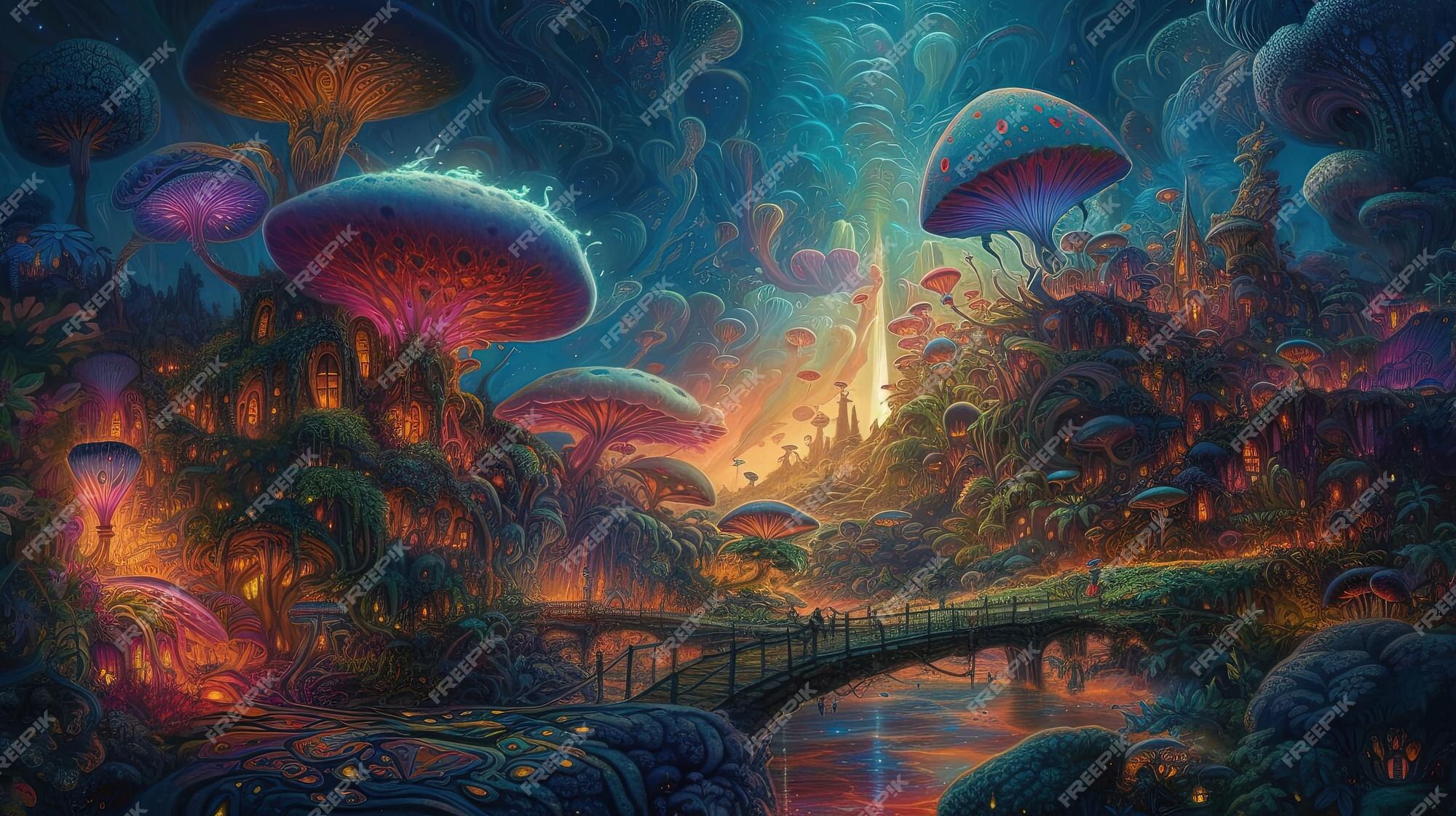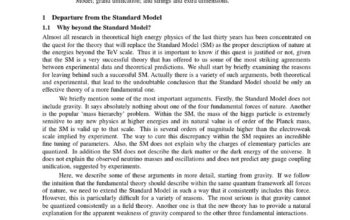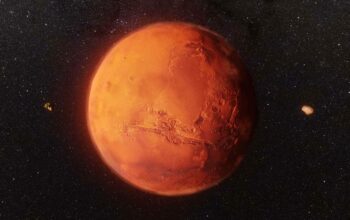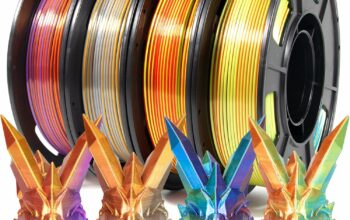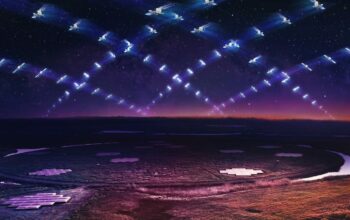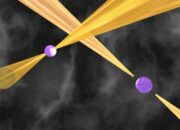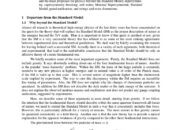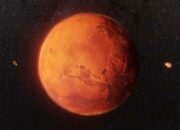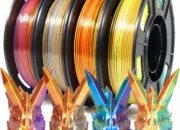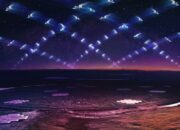The cosmos, in its unending vastness, harbors many unfathomable mysteries. Among these enigmas are cosmic strings—hypothetical one-dimensional topological defects theorized to arise in the early universe. If one were to ponder whether these minuscule threads could be simulated in a test tube, the question becomes tantalizing: What insights could such experiments yield about the universe’s architecture and fundamental physics?
To begin with, cosmic strings are postulated as remnants of phase transitions that occurred shortly after the Big Bang. As the universe cooled and evolved, sudden shifts in the state of matter could have led to the formation of these strings, akin to cracks in a cooling solid. Each string, though theoretically possessing immense mass and gravitational influence, would be extraordinarily thin—perhaps measuring only a fraction of a proton’s diameter. Their unique properties could alter our fundamental understanding of spacetime, offering a fascinating glance into the cosmos.
The allure of simulating cosmic strings effectively in a laboratory lies in their potential implications. These structures are not just intangible constructs; they could produce gravitational waves detectable by contemporary instruments, thus bridging the realms of theoretical physics and observable phenomena. Imagine unraveling the cosmic tapestry through experiments that clarify how high-energy processes in the universe could correlate with the formation and dynamics of these strings.
Simulating cosmic strings requires material that mimics the physical laws governing the universe at extreme scales. Researchers have attempted to create analog systems within condensed matter physics. For instance, the manipulation of superfluid helium or Bose-Einstein condensates can yield systems analogous to cosmic strings, presenting a remarkable opportunity to study phase transitions and topological defects in manageable conditions. Such experiments might allow researchers to observe behaviors akin to those predicted for cosmic strings, albeit on a smaller scale.
Yet, challenges abound. The first major hurdle is the difficulty in maintaining the stability of such systems in laboratory conditions. Cosmic strings, if they exist, are theorized to exert profound gravitational influence. In a controlled environment, can we replicate the extreme conditions necessary to observe their interaction with surrounding matter? Furthermore, as researchers seek to simulate these strings, the need for precise control over variables becomes paramount. The resilience of the created structure under varied conditions—temperature fluctuations, magnetic fields, and vibrational disturbances—will ultimately affect the fidelity of the simulation. Each experiment may unravel a new layer of complexity, akin to piecing together a cosmic jigsaw puzzle.
Moreover, the implications of successfully simulating cosmic strings go beyond mere curiosity. In the quest for a unified theory of physics, understanding cosmic strings could potentially interlace the threads of quantum mechanics with general relativity, nudging us closer to a Grand Unified Theory (GUT). Such a theory is pivotal for addressing some of the universe’s most provocative questions—What happened before the Big Bang? Is our universe but one among many? The echoes of these strings may whisper answers to questions long relegated to the realm of philosophical speculation.
As tantalizing as these prospects may be, researchers are also tasked with the need for innovative experimental designs. Herein lies another challenge: the sophistication required in technology and instrumentation. High-energy particle collisions observed in facilities such as the Large Hadron Collider (LHC) could potentially yield signatures of cosmic strings, but detecting them will necessitate advanced methodologies. This includes the utilization of sophisticated detectors capable of identifying the faint gravitational waves emanating from these structures, or the development of algorithms adept at parsing through the massive datasets generated during experiments.
Another avenue of curiosity emerges from the relationship between cosmic strings and other fundamental phenomena, including dark matter and dark energy. Our current cosmological model identifies these components as critical to understanding the universe’s behavior. If we expand our scope to include cosmic strings, could they serve as a connecting link—perhaps as conduits for dark matter interactions or manifestations of dark energy dynamics? Such inquiries necessitate an interdisciplinary approach, fostering collaboration across astrophysics, particle physics, and condensed matter theory.
While addressing these intricate questions, one is compelled to consider the philosophical implications of understanding cosmic strings. If we delve into a successful simulation, will we challenge our perception of reality? Are we merely observers in a simulated universe, reflecting the strings woven into the cosmic fabric? The existential ramifications of asserting control over these fundamental components may invite inquiry into the very nature of existence itself.
In conclusion, the quest to simulate cosmic strings in a test tube stands at the intersection of hope and challenge. The potential for groundbreaking discoveries awaits those who dare to navigate the complexities of the universe’s architecture. As these minuscule threads of reality are unraveled in controlled settings, they may offer a lens through which we view not only the cosmos but also the fabric of fundamental physics itself. The pursuit for understanding persists, as each experimental endeavor peels back another layer of the universe’s grand design, propelling us closer to the profound truths lurking beyond the veil of perception.
